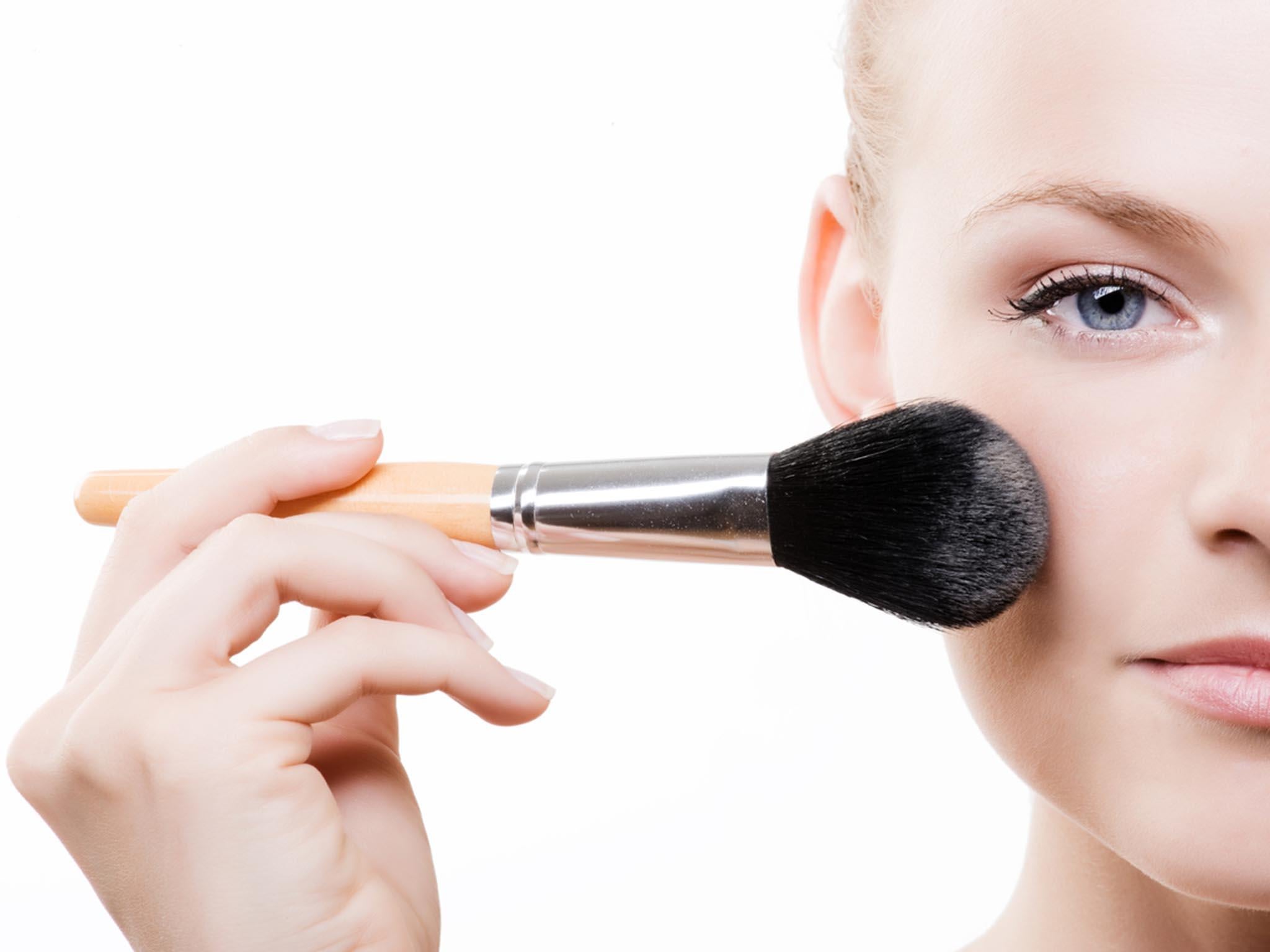Face Powders: Should you be using one?
Worried they'll make your skin look cakey? Think again

Your support helps us to tell the story
From reproductive rights to climate change to Big Tech, The Independent is on the ground when the story is developing. Whether it's investigating the financials of Elon Musk's pro-Trump PAC or producing our latest documentary, 'The A Word', which shines a light on the American women fighting for reproductive rights, we know how important it is to parse out the facts from the messaging.
At such a critical moment in US history, we need reporters on the ground. Your donation allows us to keep sending journalists to speak to both sides of the story.
The Independent is trusted by Americans across the entire political spectrum. And unlike many other quality news outlets, we choose not to lock Americans out of our reporting and analysis with paywalls. We believe quality journalism should be available to everyone, paid for by those who can afford it.
Your support makes all the difference.For what feels like a lifetime, women have been told that face powders are ageing, that they’ll leave your skin looking cakey and settle into lines and creases. But, while this may have rung true some years ago, it’s thankfully no longer the case.
A myriad of new powders have entered the market that are infinitely finer, softer and more natural-looking but nonetheless, it’s not always the easiest product to apply – especially when you’re already battling against dry, wintry skin.
The trick here is to know the difference between each type of powder and, believe it or not, there are in fact four of them.
Mineral powders are designed to replace medium-coverage foundation and generally aren’t applied together unless you’re going for a seriously flawless finish.
Next there are loose powders, which actually come in two forms: translucent and coloured. While coloured versions work to correct tone and redness, translucent powders are the safest bet as they won’t change the appearance of your foundation or add coverage.
Finally, there are pressed powders, which as a rule add slightly more coverage than loose ones because they contain binders but there really isn’t much in it. The choice really is a personal one depending on what you find works best with your skin and foundation.
So, when and where should you be using a powder?
Forget ‘baking’ – the phenomenon bought to the forefront by Kim K the involves daubing powder heavily under you eyes for several minutes – as this really will look caked on. Instead, you should only use a powder on areas in need of brightening or to lock down foundation and concealer.
The key to modern application is to apply powder primarily in the centre of your face; the T-zone, the outer corners of the nose, chin and under eyes for special occasions.
You should always avoid going too far on the outer edges though as this will detract from your skins natural radiance. To soften the finish, make sure to sweep a large, soft brush over any areas that you have applied powder to and leave you with polished, luminous skin.
Join our commenting forum
Join thought-provoking conversations, follow other Independent readers and see their replies
Comments